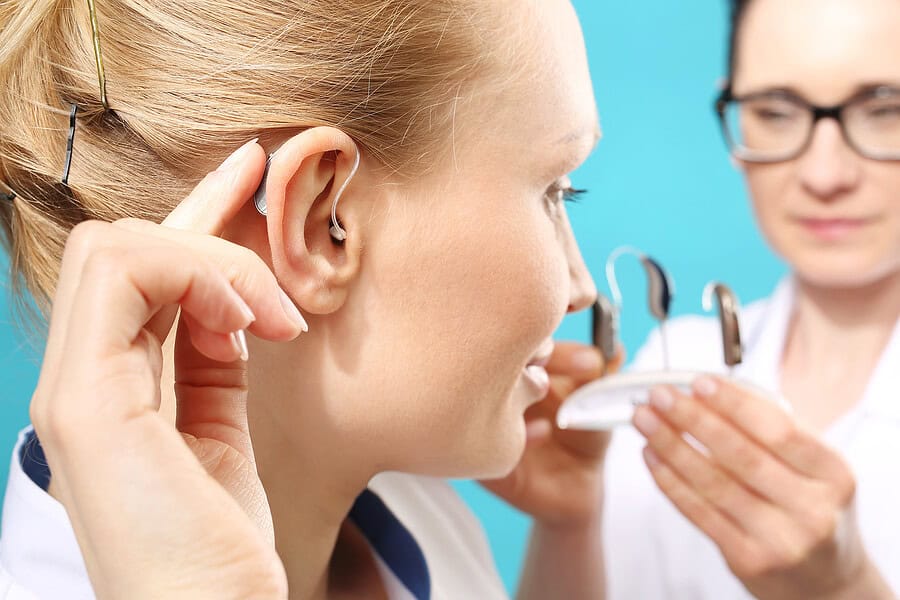
- Signs Your Earwax Buildup Needs Professional Attention - May 29, 2025
- A Step-by-Step Look at How Hearing Aids Make Sounds Sharper - May 5, 2025
- Causes of Conductive Hearing Loss? - April 27, 2025
A well-fitted hearing aid can transform how people with hearing loss experience the world. It’s not just about improving hearing; it’s about ensuring comfort and confidence in daily life. Many overlook how important proper fit is, leading to unnecessary discomfort and ineffective results. When hearing aids fit as they should, they feel like a seamless extension of the wearer.
Importance of a Comfortable Fit
Comfort should never be underestimated when it comes to hearing aids. An ill-fitting device can cause irritation, soreness, or even headaches. Beyond physical discomfort, poor fit might compromise sound quality, making the device less effective. This not only hinders communication but could discourage consistent use.
A comfortable fit starts with a professional hearing health exam. Hearing health professionals tailor devices to individual needs, considering the ear’s shape and the extent of hearing loss. This initial customization forms the foundation for an optimal fit, but adjustments might still be needed over time.
Customization for Unique Ears
Every ear is unique, much like a fingerprint, so customization is a cornerstone of hearing aid fitting. Hearing health professionals take precise ear measurements during the fitting process and might use molds to create a snug fit. These molds ensure the device sits securely, reducing the risk of feedback or whistling noises.
Advances in technology have further enhanced the customization process. Modern hearing aids come in various styles, from behind-the-ear models to invisible-in-the-canal designs, catering to individual preferences and anatomical differences. A personalized approach ensures functionality and aesthetics.
Regular Checkups for the Perfect Fit
Even the best-fit hearing aids may require adjustments over time. Ears can change due to weight fluctuations, aging, or medical conditions. Regular follow-ups with a hearing health professional help address these changes. These checkups allow for fine-tuning the device’s settings and structure, ensuring continued comfort and effectiveness.
Routine visits also offer an opportunity to discuss any concerns. Addressing issues early prevents long-term dissatisfaction, whether it’s discomfort, sound clarity, or battery life. Hearing health professionals often recommend scheduling a hearing health exam annually to stay ahead of potential problems.
